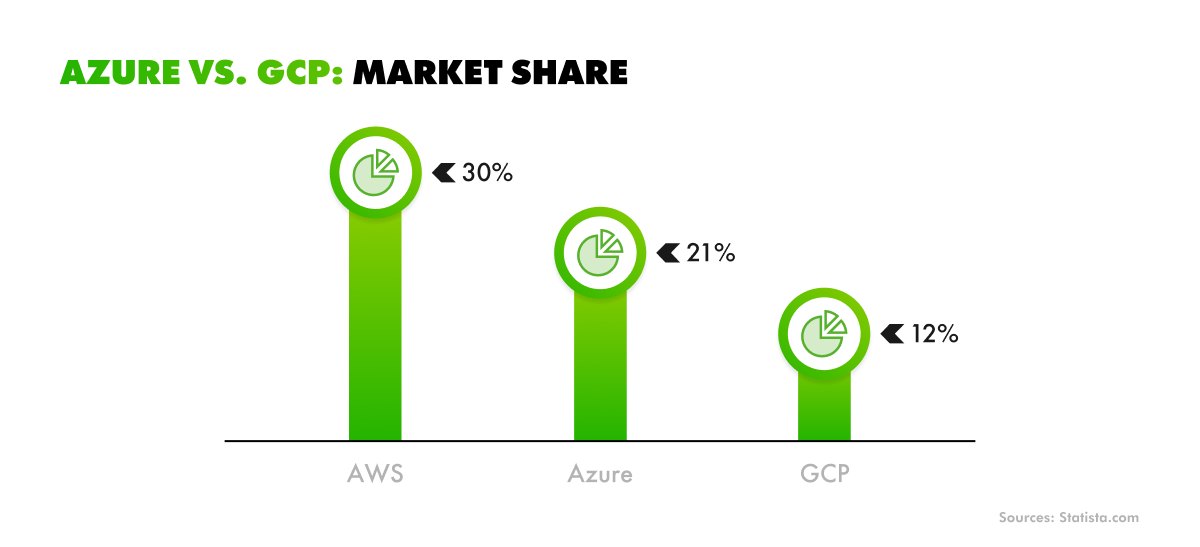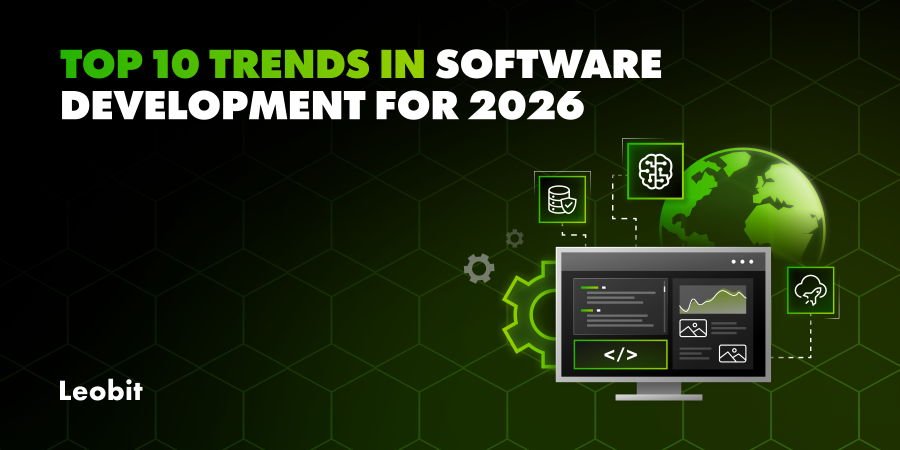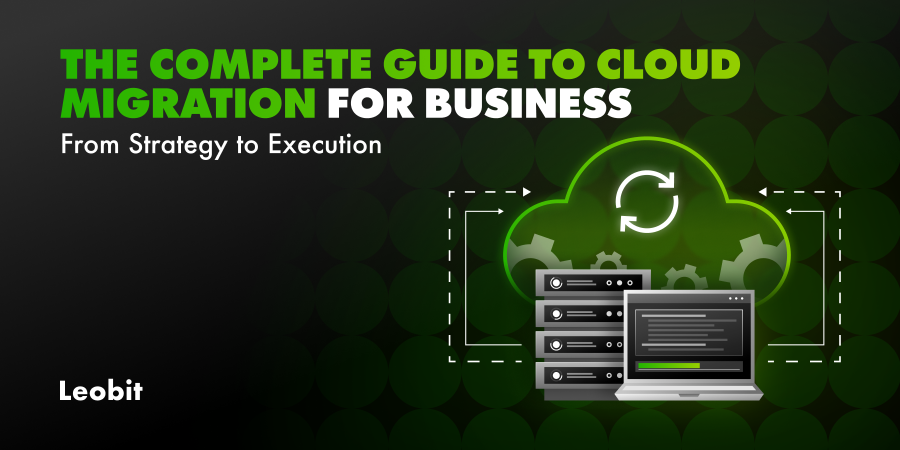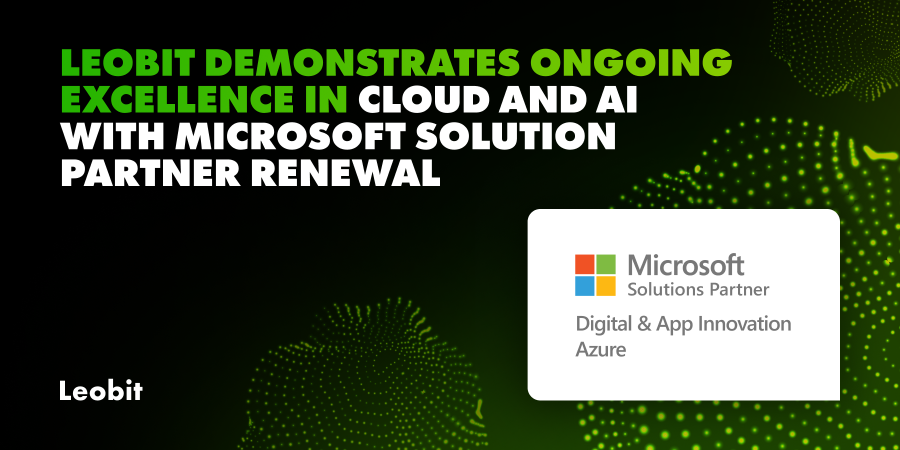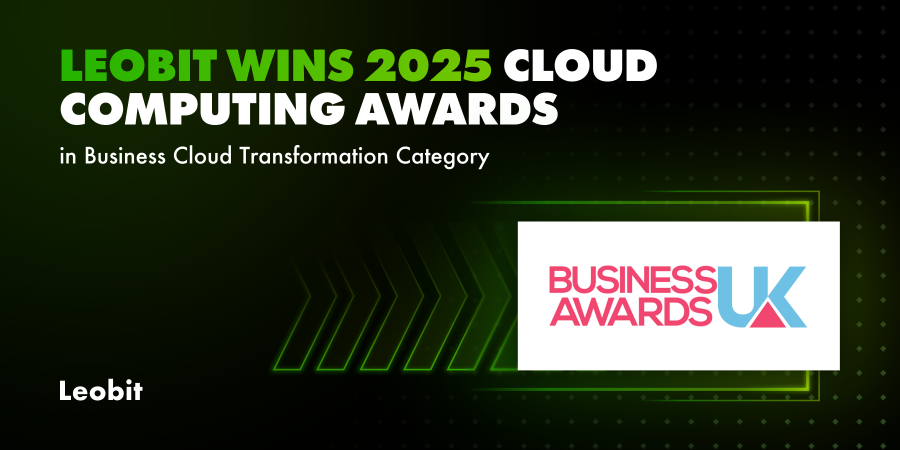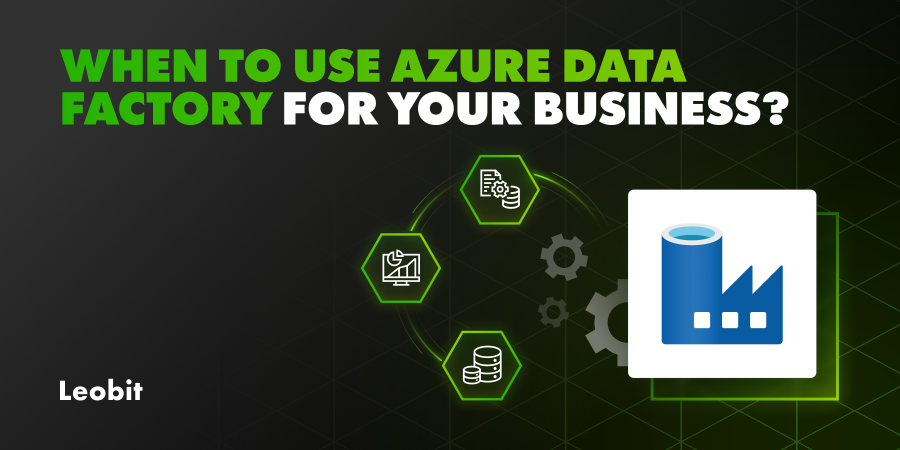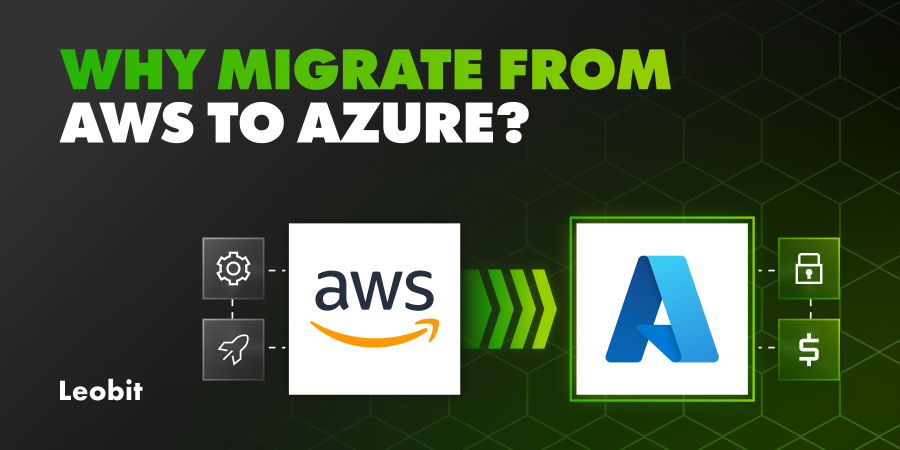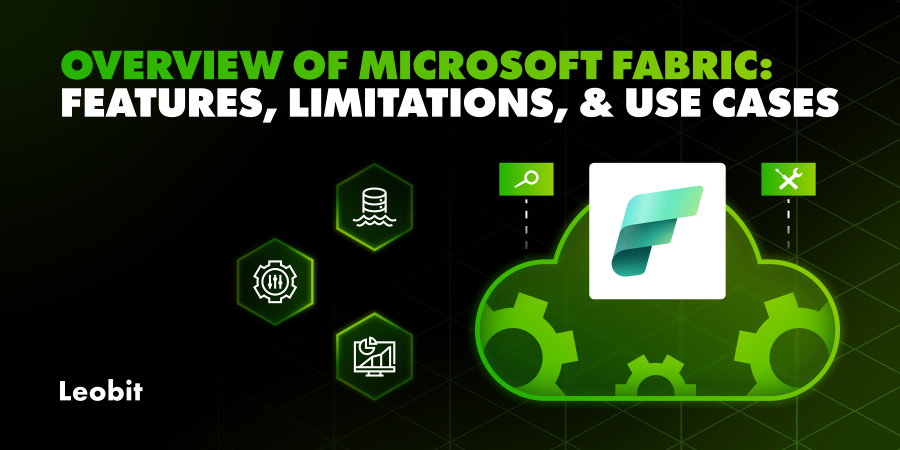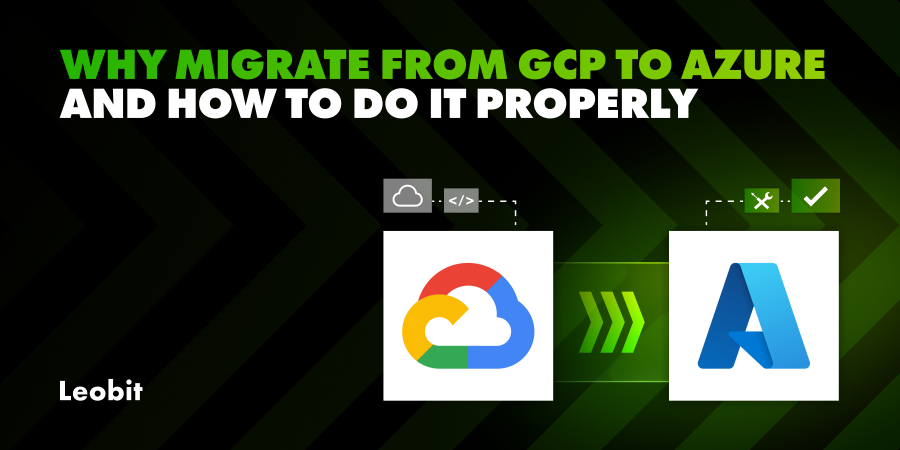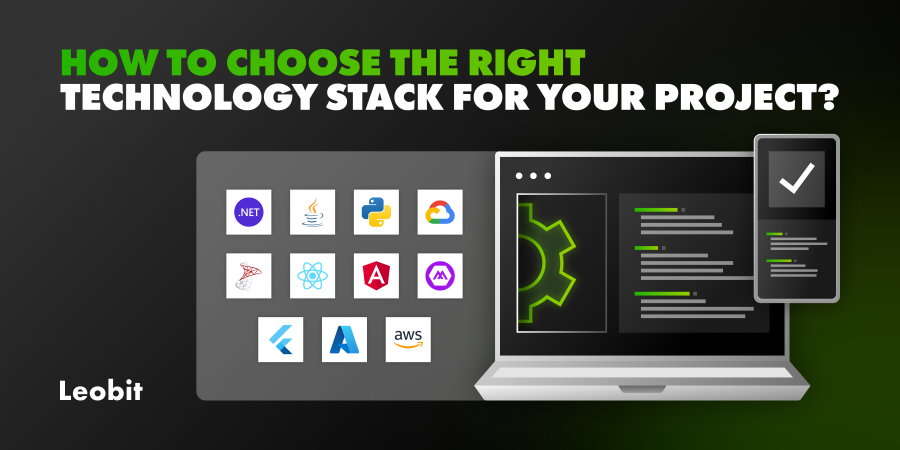Microsoft offers a wide range of Azure features and tools for streamlined management of cloud-based systems. For example:
- Azure Portal, a unified interface for managing Azure resources, monitoring services, and configuring system settings.
- Azure Resource Manager, a service that allows development teams to easily define infrastructures in Azure, organize infrastructure resources, and manage them within different categories.
- Azure Monitor, a comprehensive monitoring solution that provides telemetry data, metrics, logs, and alerts for Azure services and applications.
Azure’s selection of system management services offers built-in governance, compliance, and monitoring features that are especially relevant to large-scale environments.
It is also important to note that your level of involvement in Azure system management depends on the model you choose. In particular, you can choose between an IaaS (Azure Virtual Machine) and PaaS (Azure App Service) service models for custom software development, and ready-to-use SaaS (Dynamics 365).
GCP also provides tools for granular system control. Google offers Cloud Console, a web-based interface that allows software engineers to manage, configure, and monitor Google Cloud Platform services. For managing ML algorithms within GCP-based systems, the team can use Vertex AI.
As has already been mentioned, GCP also provides you with an IaaS (Compute Engine) and PaaS (App engine) options, as well as a ready-to-use SaaS (Google Workspace). The model you choose defines your level of involvement in system management.
Consequently, both Azure and GCP provide excellent levels of system manageability. The two cloud giants deliver a significant range of tools that provide resource optimization, categorization, monitoring, and configuration for all their resources and services.
